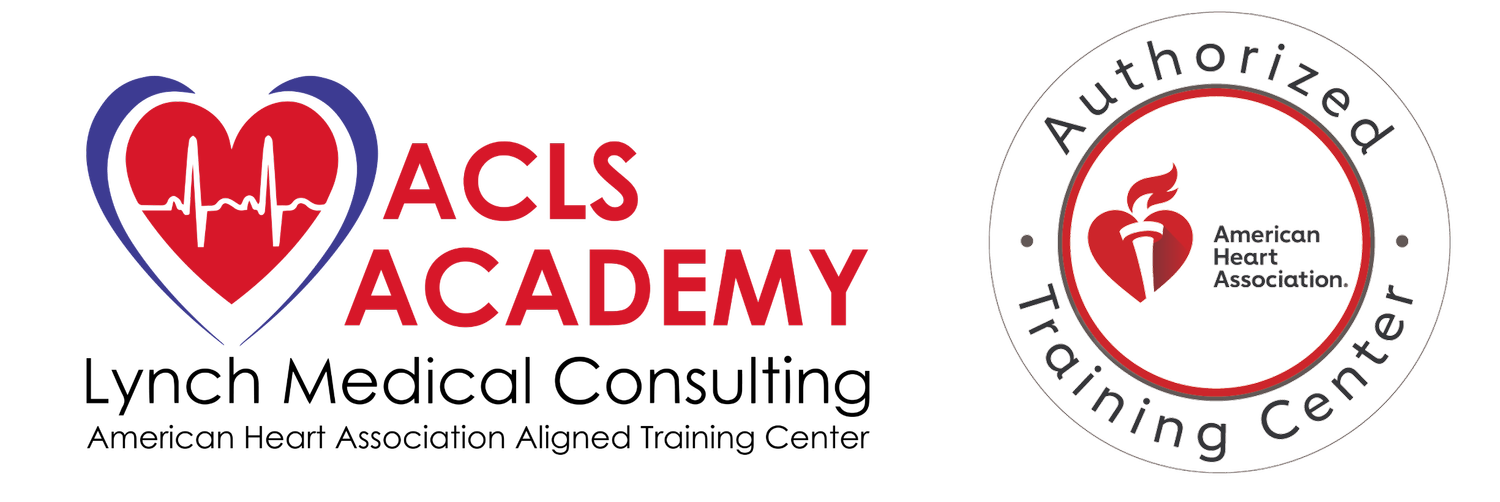Recent new findings comparing the current recommendations of ventilation and chest compression versus ventilation during neonatal resuscitation using an ovine model of bradycardia were the result of a new randomized control trial conducted by Jacobs School of Medicine and Biomedical Sciences, University at Buffalo.
Current guidelines recommend initiating chest compressions when the heart rate is less than 60 beats per minute after 30 seconds of effective ventilation. Neonates receiving chest compressions are at high risk for mortality and poor neurodevelopmental outcome. While chest compressions provide circulatory support, its efficacy in neonatal bradycardia secondary to its asynchronous nature to the existing cardiac rhythm remains unknown and could be deleterious. Addressing neonatal asphyxia with adequate ventilation could reduce the need for chest compressions and improve overall outcomes.
The pilot study suggests that optimizing ventilation and avoiding chest compressions for bradycardia in neonatal resuscitation could reduce the need for chest compressions and improve gas exchange in an ovine model. With this data, the researchers intend to evaluate lowering the cut-off to initiate chest compressions for neonatal bradycardia for heart rates less than 30 beats per minute versus less than 60 beats per minute using both term and preterm models of bradycardia.
Findings from the study were presented during the Pediatric Academic Societies (PAS) 2022 Meeting, which took place April 21-25 in Denver.
At ACLS Academy our NRP program utilizes a blended learning approach, which includes online testing, online case-based simulations, and hands-on case-based simulation/debriefing that focus on critical leadership, communication, and teamwork skills. Sign up or learn more here.

